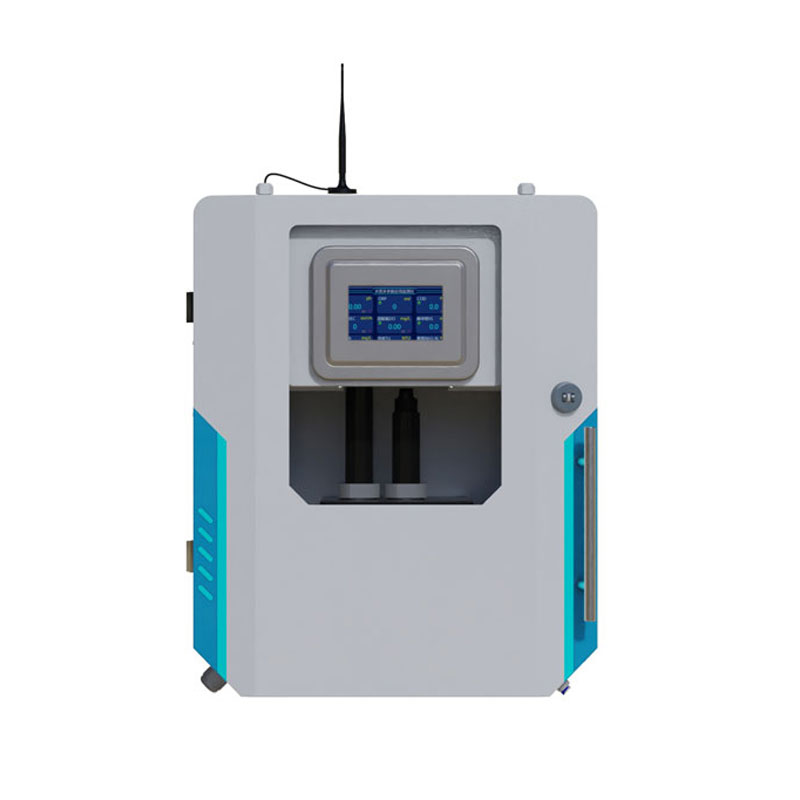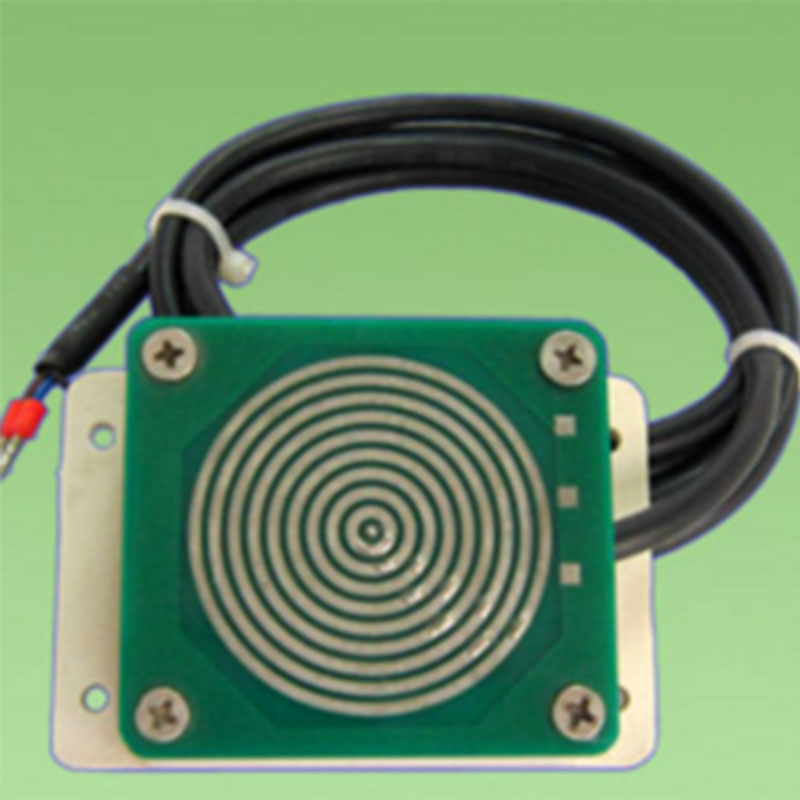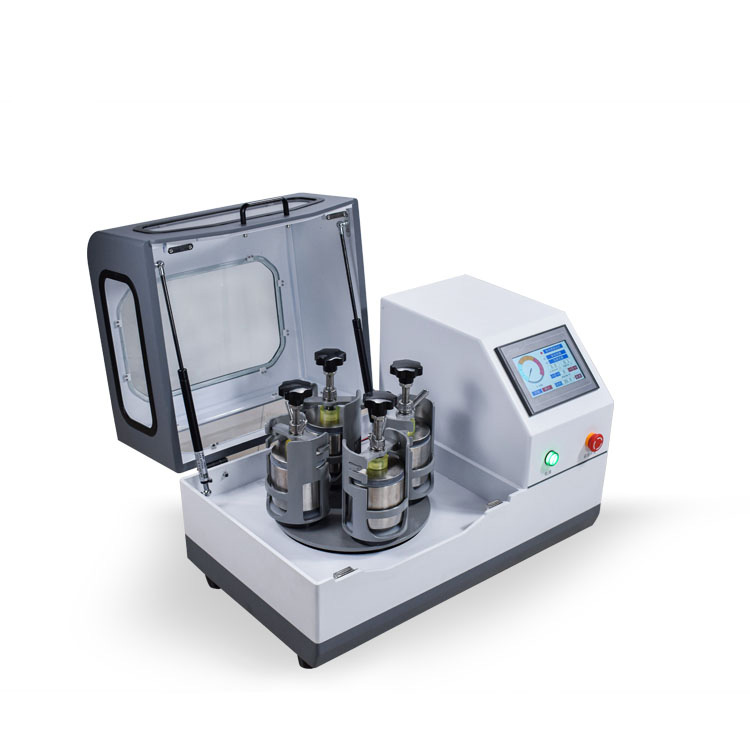Product Center
-
Hydrological equipment monitoring station
-
Water Quality Monitor Sensor
-
Plant protection equipment
-
Food Testing Equipment
- Rainfall Monitoring employs K-band radar for non-contact monitoring of rainfall and water level
- Wheat Fusarium Head Disease Monitoring System: A Wheat Disease Prediction Solution Based on Spore Capture and Built-in Model
- Water quality monitoring system: Integrated Water Quality Analysis Equipment for Monitoring Water Temperature, Conductivity, pH, and Dissolved Oxygen
- Soil Moisture Monitoring Simultaneously Monitors Moisture, Temperature, and Conductivity of Three Soil Profiles
- River flow and streamflow monitoring Integrated Water Level, Flow Velocity, Discharge, and Rainfall Monitoring
- Soil profile moisture meter can measure soil profile moisture, temperature, and electrical conductivity
Shandong Fengtu IOT Technology Co., Ltd
Sales Manager:Ms. Emily Wang
Tel, Whatsapp:+86 15898932201
Email:info@fengtutec.com
Add:No. 155 Optoelectronic Industry Accelerator, Gaoxin District, Weifang, Shandong, China

Water quality monitor system
Model:FT-GSZ
Brand:fengtu
Related products
Product details
1、Water quality monitor system Product Introduction
The Water quality monitor system is used to monitor and measure the type, concentration and change trend of pollutants in the water body, and evaluate the water quality status.Water quality monitor system water quality monitoring system is a comprehensive sensor data collection, display, and historical curve monitoring system based on IoT technology.It consists of a flow stabilization and exhaust unit, an analysis and monitoring sensor unit, a system control unit, and a remote communication unit.It features comprehensive power supply, network communication, and real-time cloud-based data observation and analysis.
2、Water quality monitor system Applications
This device is designed for online water quality monitoring at water supply terminals with a pressure below 0.3 MPa.It can be widely used in urban and rural waterworks, water distribution networks, secondary water supply systems, user terminals, indoor swimming pools, large-scale water purification facilities, and direct drinking water.It is an essential online analyzer for water plant production process control, water conservancy, water management, and health supervision.
3、Water quality monitor system Functions and Features
1.4G GPRS networking.
2.Supports RJ45 network expansion.
3.Supports remote sensor transmission.
4.4.3-inch touchscreen display.
5.Supports 8GB of data storage and TF card data export.
6.Supports one RS485 Modbus-RTU slave.
7.Supports multiple RS485 Modbus-RTU sensor expansions.
8.Supports IoT data display, storage, and analysis platform.
9.The platform supports data forwarding through multiple protocols, including TCP short links and HTTP.
4、Water quality monitor system System Components
The water quality monitoring microsystem consists of a power supply unit, a sensor data monitoring unit, a display unit, a flow cell unit, a remote communication unit, and an integrated box main unit.
1.Power Supply Unit
Power Adapter: AC220 to DC12V/2A.
2.Analysis and Testing Unit
The analysis and testing unit is mainly composed of residual chlorine, pH, water temperature, turbidity, and conductivity sensors, which are fixed to the flow cell through threads or tight fitting fixtures.The main parameters of the sensors are as follows
| Serial number | Sensor type | Measurement range | Measurement principle | Measurement accuracy |
| 1 | Residual chlorine | 0~5.00mg/L | Electrode method | Reading ±5%; ±0.3℃ |
| 2 | pH | 0~14 (ph) | Electrochemistry (salt bridge) | ±0.1PH |
| 1 | Water temperature | 0~50℃ | High-precision digital sensor | ±0.3℃ |
| 5 | Turbidity | 0~40NTU (optional) | Scattering light method | ±1% |
| 4 | Electrical conductivity | 0~5000uS/cm | Contact method of electrode | ±1.5% |
Note: The sensor should not be installed upside down or horizontally.It should be installed at a minimum angle of 15 degrees.
The operating environment of the above water quality sensors is 0-50°C and <0.3 MPa.
The sensor can be configured to meet specific monitoring requirements.The above sensor parameters are only for reference.Please read the sensor manual for details.
This paper addresses:https://fengtusz.com/Drink-Water-Monitor/Water-quality-monitor-system.html
- Previous Article :Water quality monitor system for drink water
- Next Article:no more
Related article
-
Modern Agriculture: Empowered by IoT Devices
2024-09-26 -
What are crop growth monitoring instruments?
2024-04-30 -
FT-ZS3 Online PH Meter - Empowering Efficient Water Management
2024-12-19 -
Overview of plant protection drones
2024-06-04 -
Agro-meteorological station configuration
2024-04-02 -
Fengtu Air quality monitoring station to track environmental quality trends
2024-08-30 -
Advantages of automated mini-weather stations
2024-03-27 -
Soil Moisture Monitor: Guiding Farmers to Master Wheat Field Moisture Management
2024-12-02


 Get a Free Quote
Get a Free Quote






